A renaissance man’s three part linen coif, as worn by scholars, old men and children.
Although the linen coif was typical wear for ordinary men during the 12th-14th centuries, they fell out of mainstream fashion in the late 15th century. They were still worn by older men, scholars and infants.
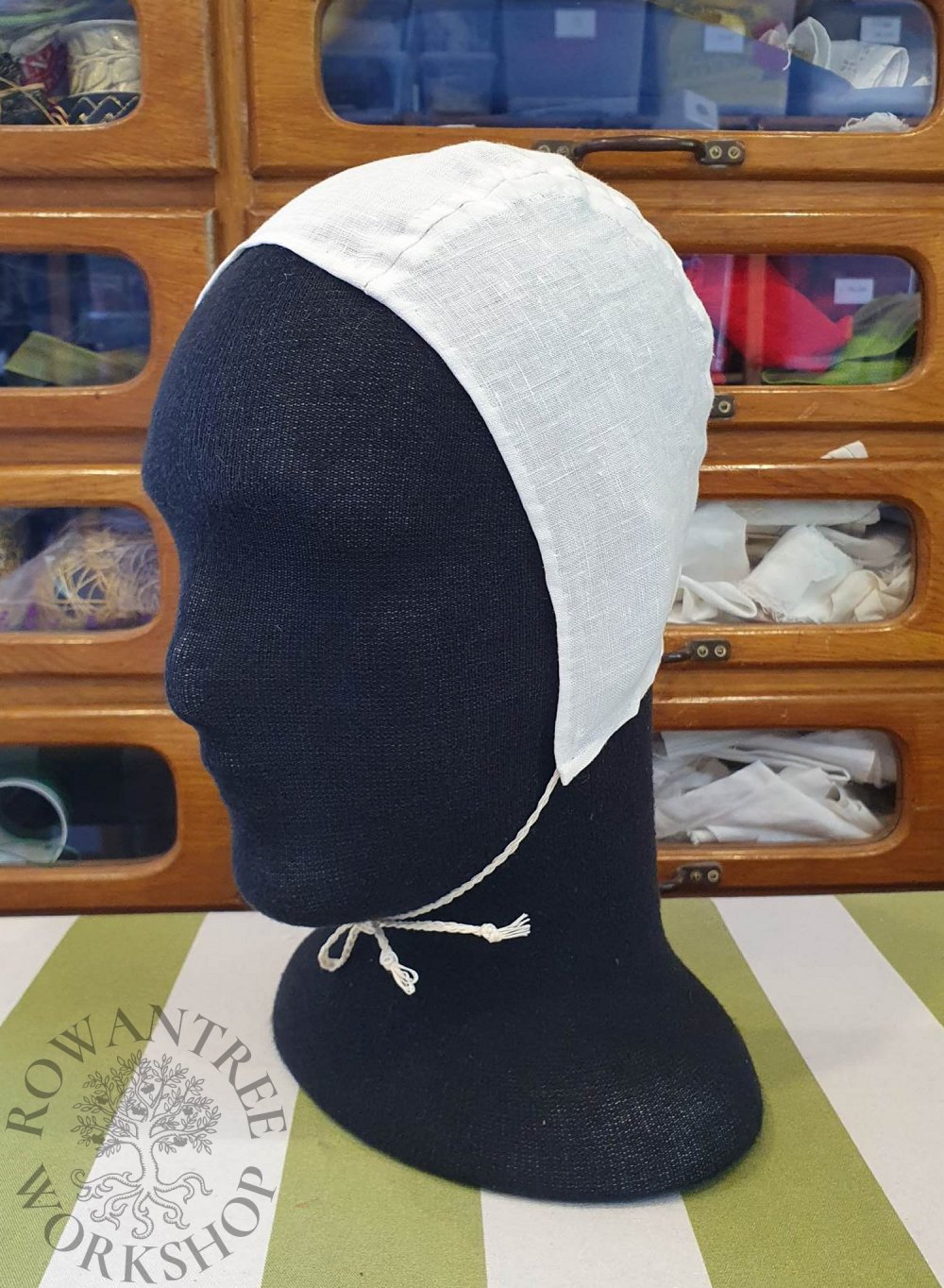
Research and Design
By the end of the 15th century, linen coifs were no longer seen on images of ordinary men, but are still depicted on scholars, elderly men and children – particularly in Italy and France.
The shape changes, with flat side pieces rather than the early gathered versions – not possible with a two piece pattern, but easy with three pieces.

Source: Wikipedia
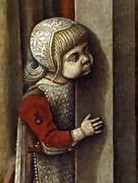
Source: Wikipedia
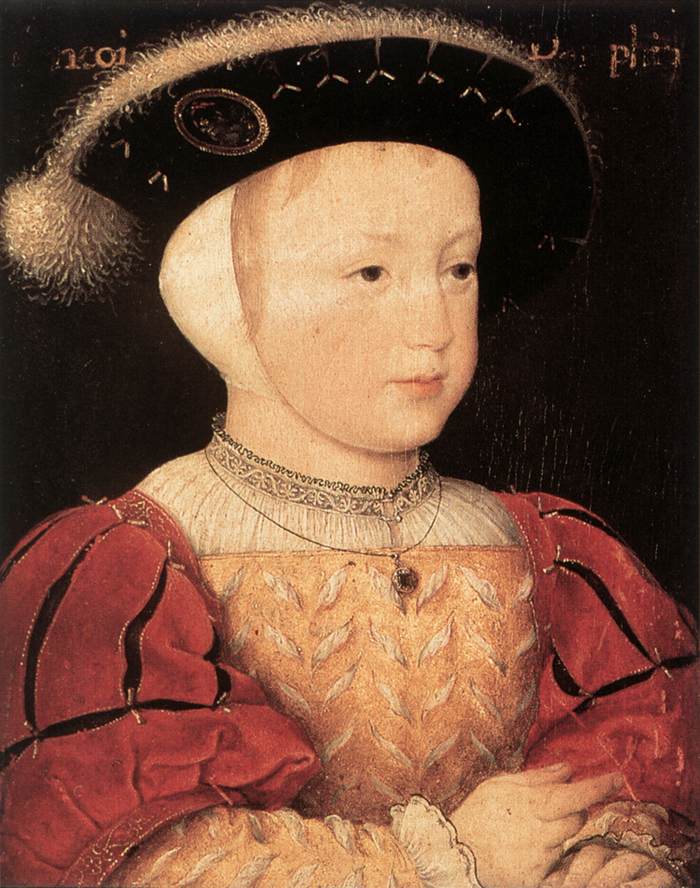
Source: Web Gallery of Art
In 2016, an extant Italian man’s coif from late 15th/early 16th century was examined by Historical Textiles. It was made of fine, tight woven linen, with decorative seams and ties made of braided linen threads.
The front edge of the coif measures 38 cm, and the back is 28 cm. The central piece measures 12 cm and, looking at the images, is clearly on the straight grain. The separate pieces were finished with narrow hems and then joined with a decorative seam, in heavy linen thread.
The outer edges were finished with an edge of linen fingerloop braid, sewn on with the same decorative seam. The remnants of the ties are sewn inside the front corners, made of braided heavy linen threads.
This extant example is clearly an up-market version, but it supports the idea of a three piece pattern, and provides some useful dimensions.
Construction
I started with the dimensions from the extant coif – a central piece and two side pieces, all on grain, which surprised me.I had expected this would be cut on bias for better fitting, but on-grain is certainly more efficient and the end result fits well.
I suggest making a test version in scrap fabric to get the right size. One option is to try it out on a padded headform.
I pinned this to fit and adjusted the mockup. Once I had a working model, I cut the pieces out of linen.
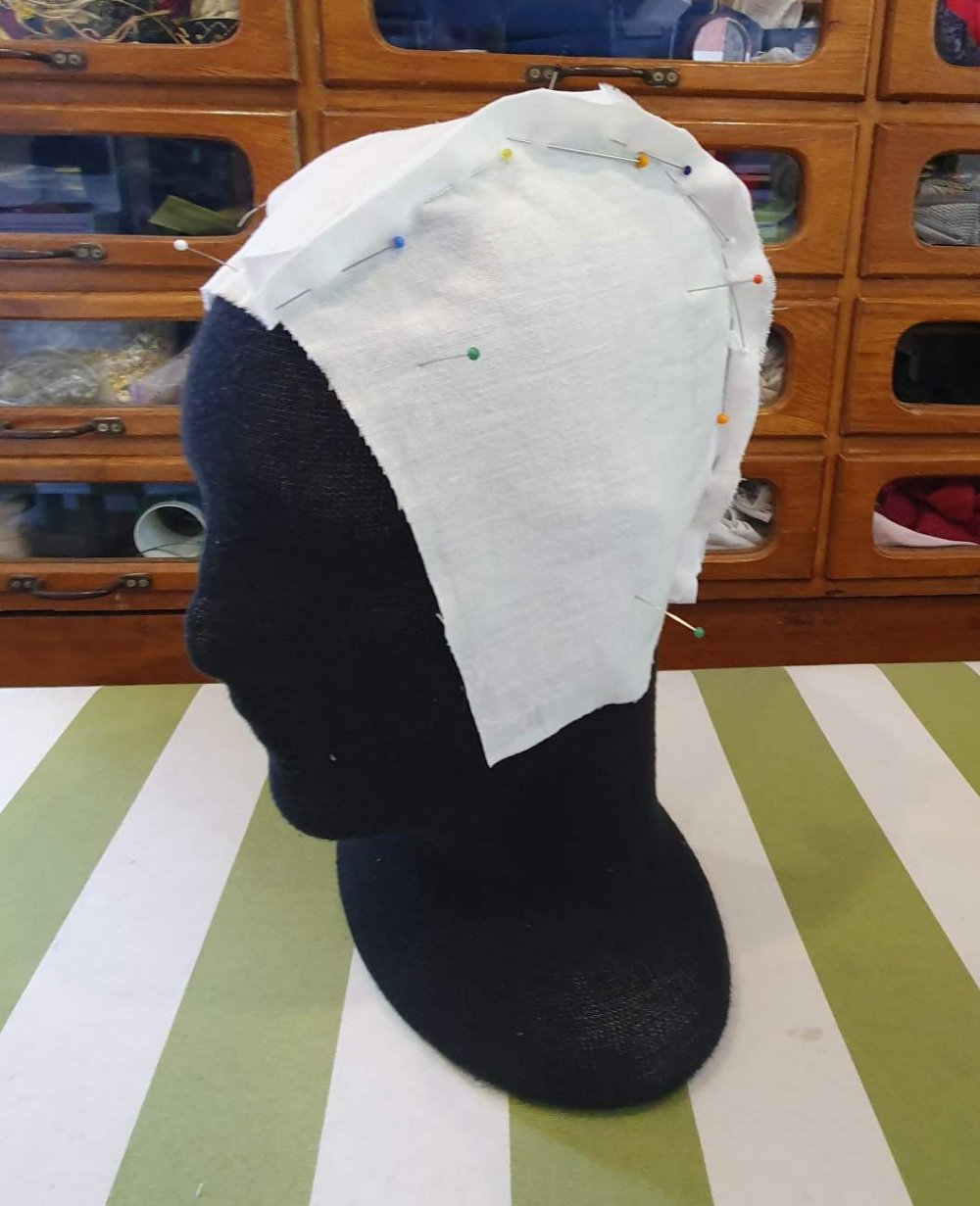
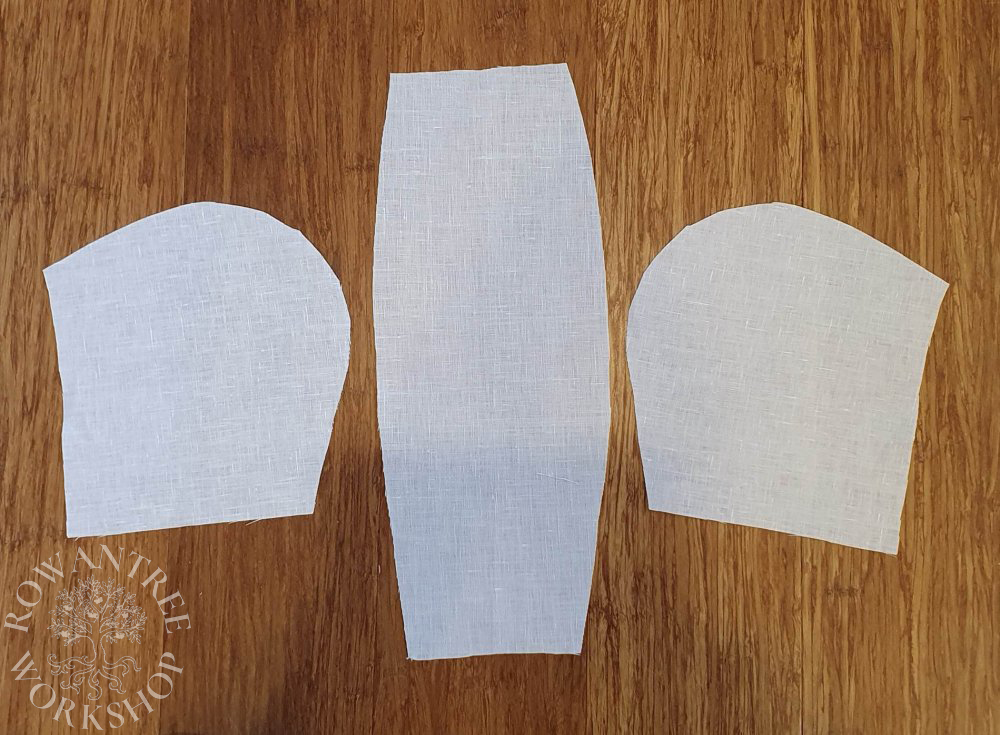
For this simple version, I sewed the pieces together, then felled the seams (rather than hem and join together). I turned a fine hem all around, basting first to make it easier.
In keeping with the extant man’s coif, I plaited a pair of ties from several strands of heavy linen thread, then sewed these into the front corners. A simple tie of twill tape or narrow linen strap would also be appropriate.
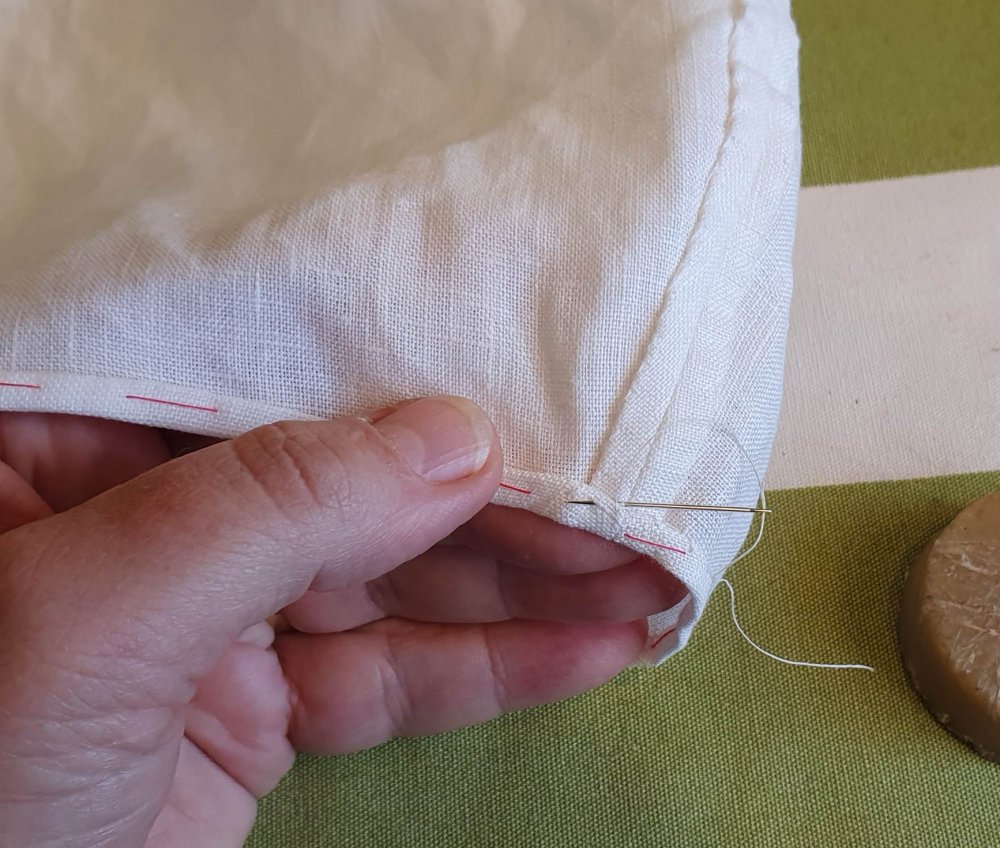
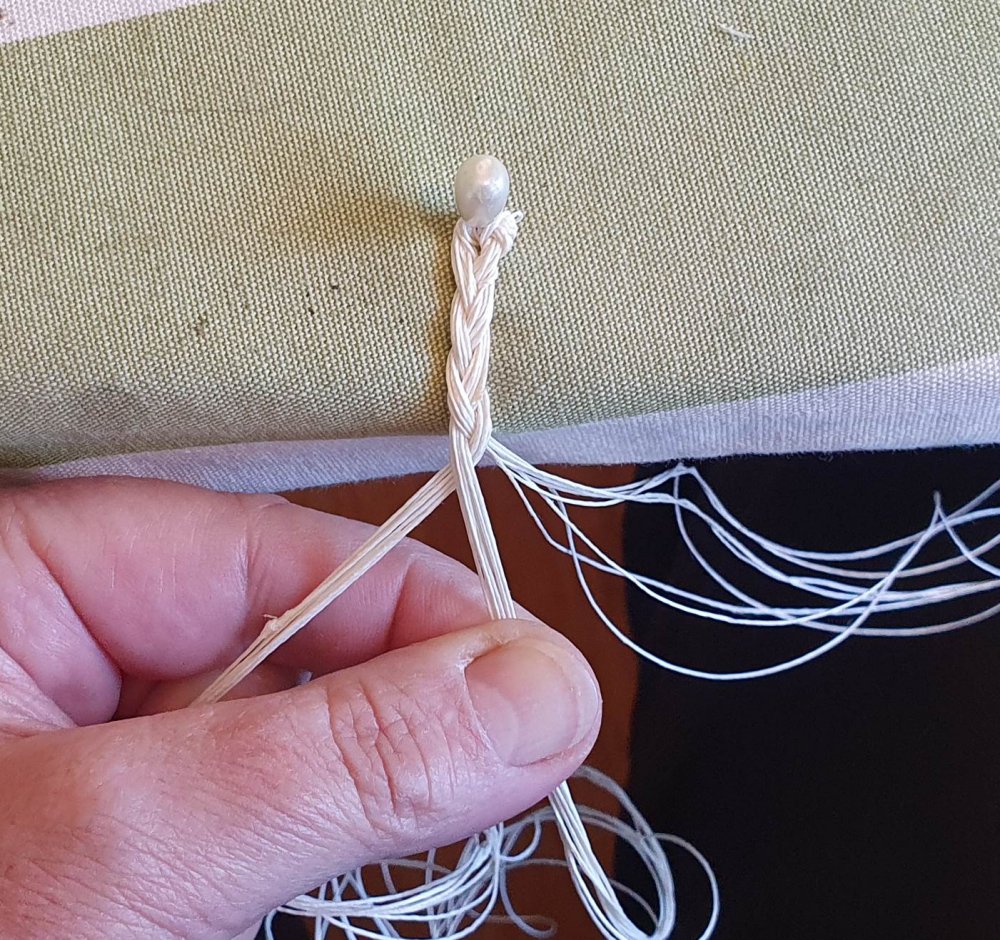
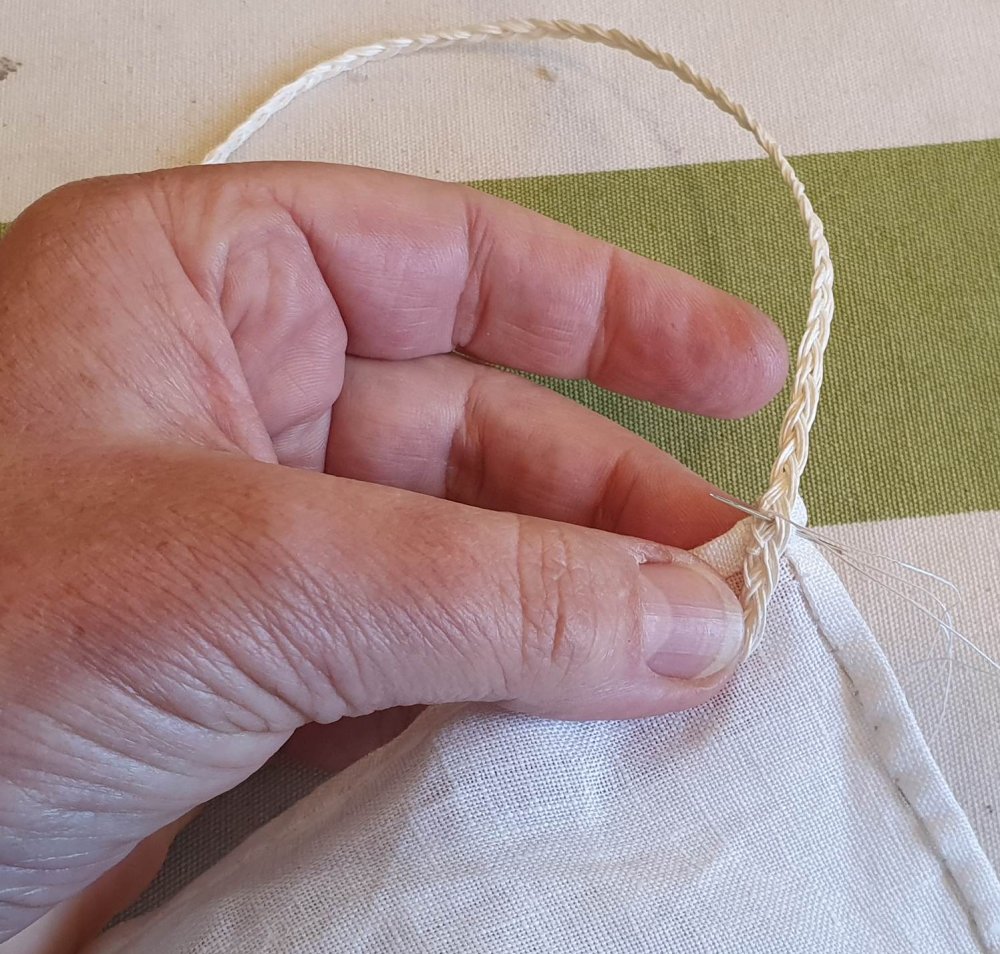
The final coif sits more closely than the earlier version, and would lie even more smoothly with insertion seams. Even in this quick version, I think the the flat sides pieces do reflect the look of the artworks from the late 15th and 16th centuries.
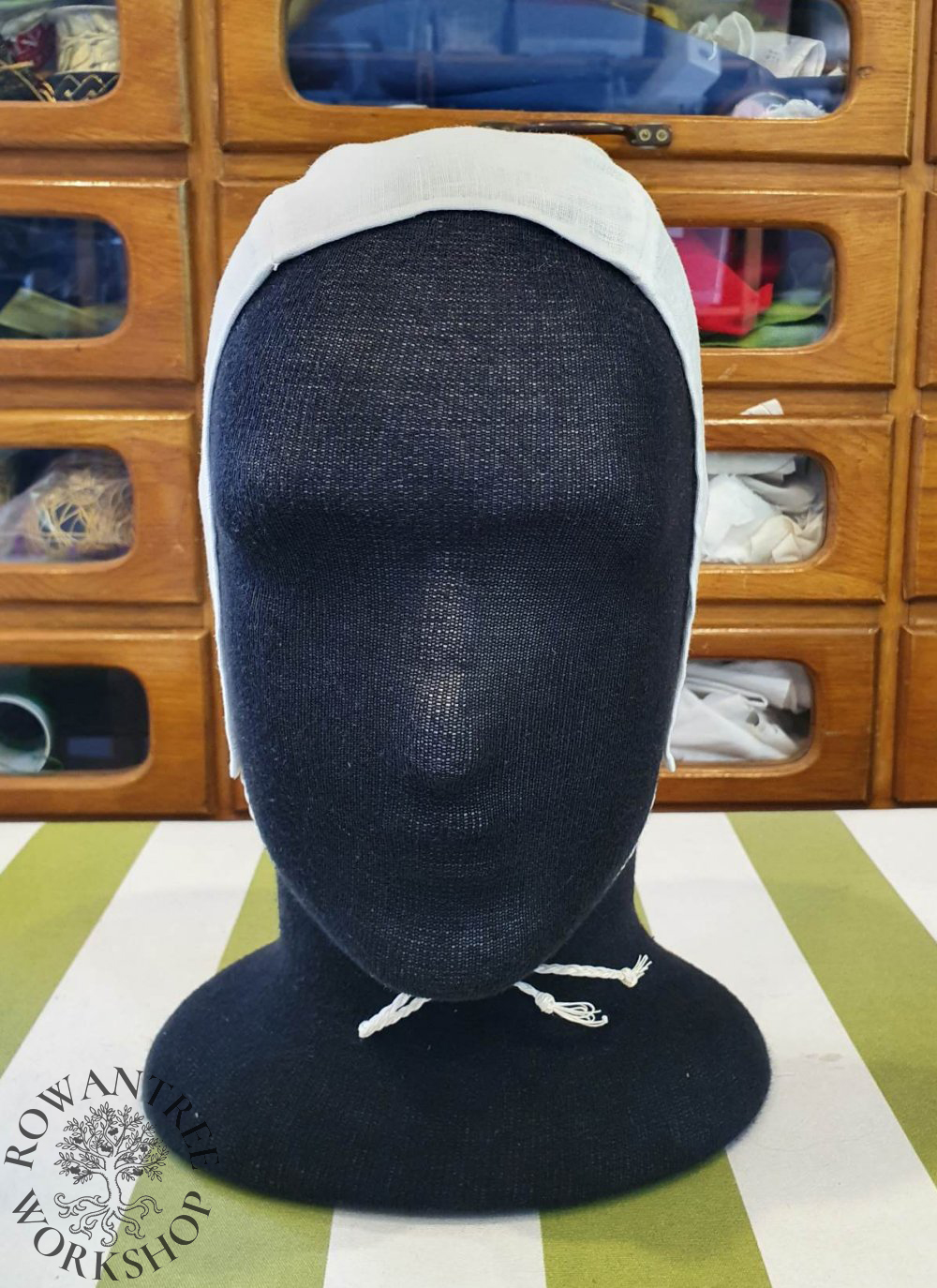
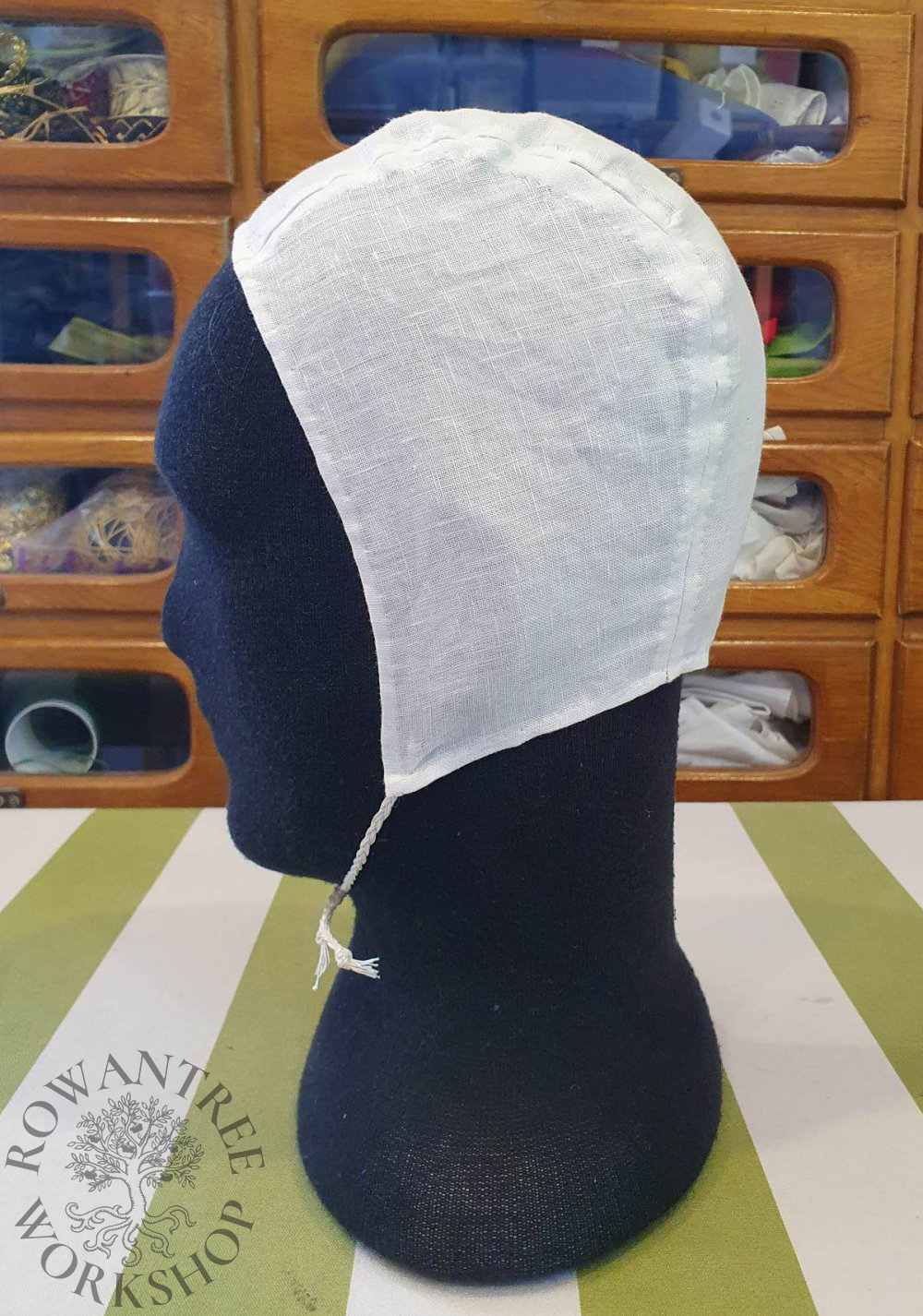
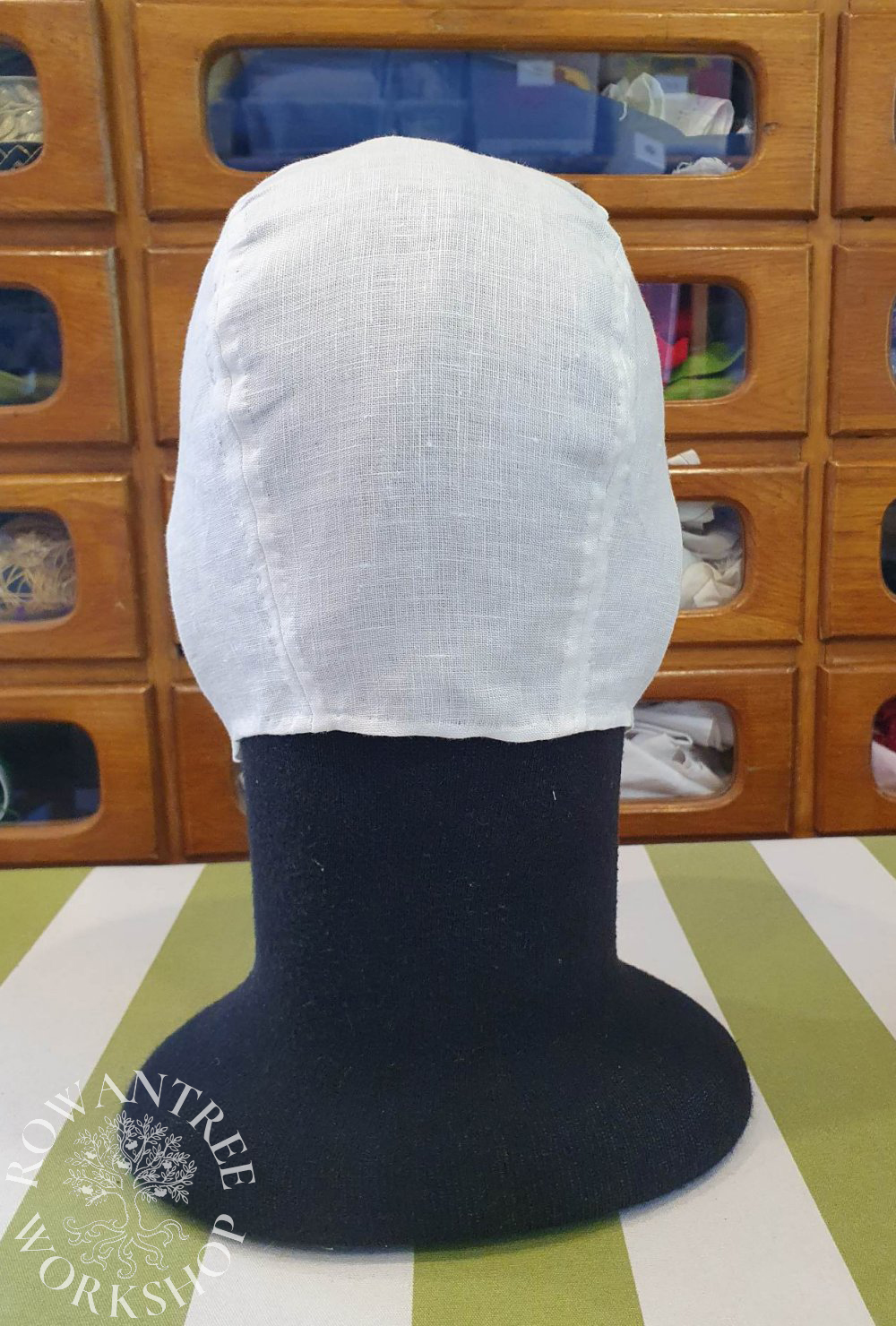
A note on wearing the coif…
Firstly, by this time coifs were not a fashion item – it’s worth checking contemporary art from the relevant country to see whether such coifs were worn – and who wore them.
As with the earlier coifs, the images of men and boys wearing these coifs show them fastened properly under the chin – the fashion for dangling ties is a modern reenactor fashion!

